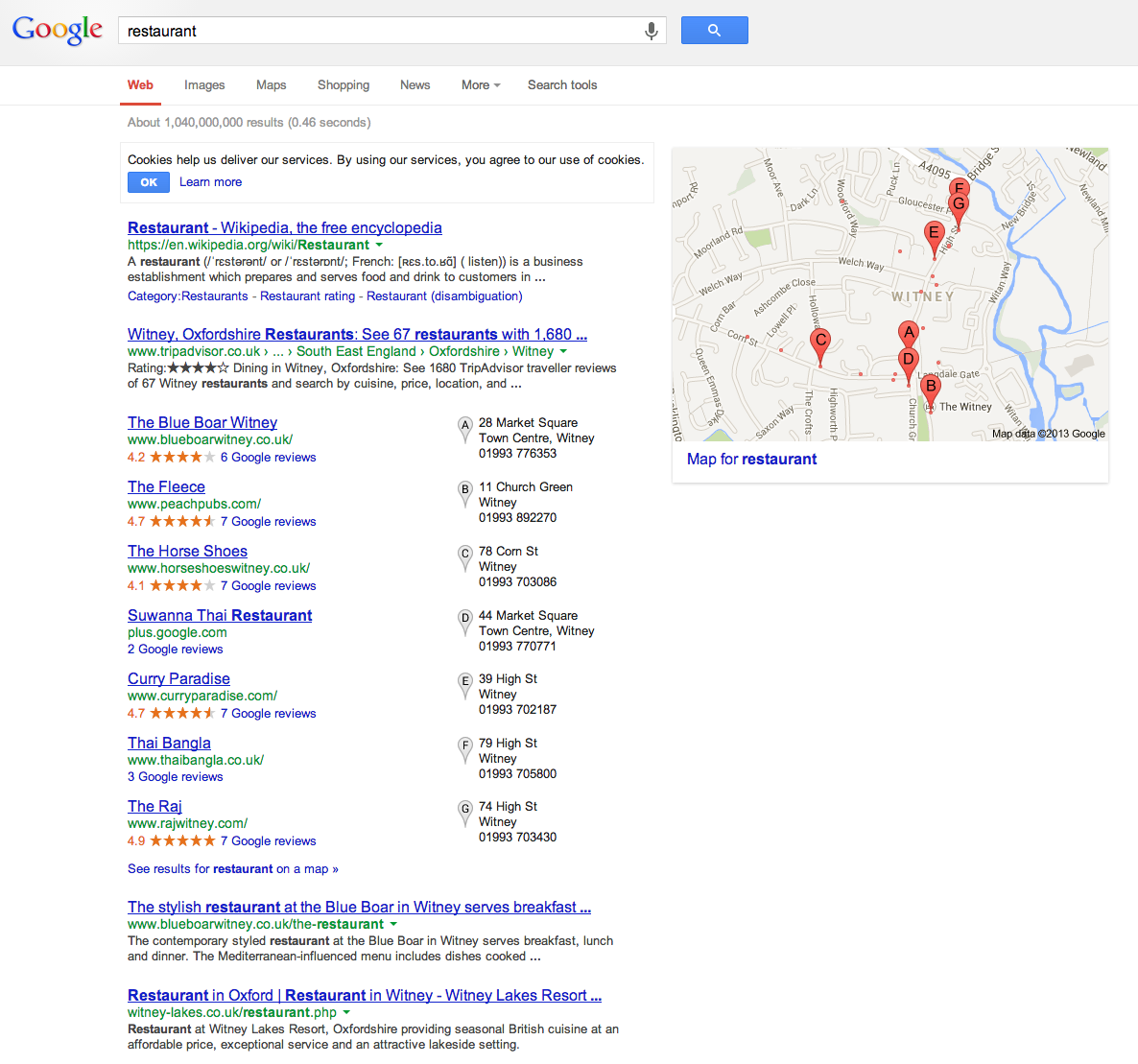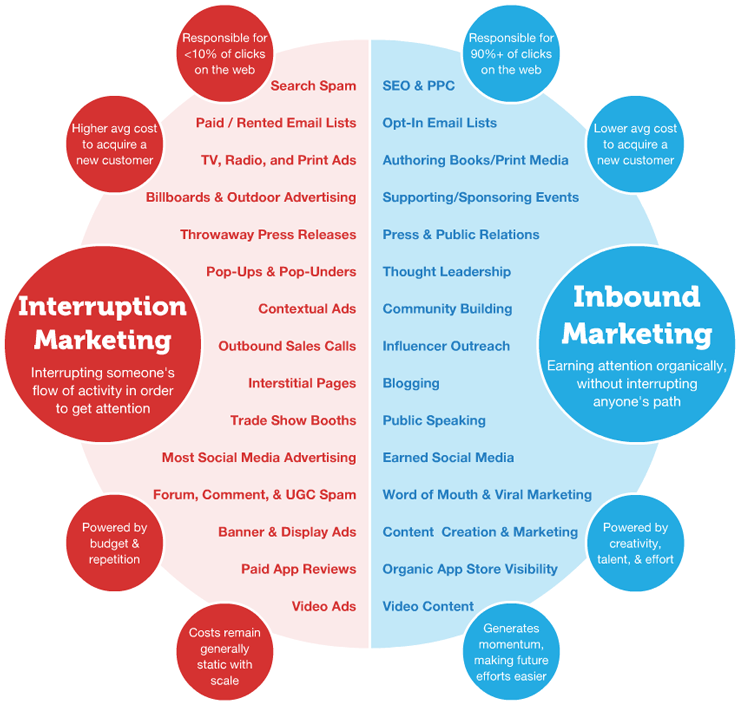I used to work at a large institution.
My role afforded me the right to meet with the person in charge of the website to find out what they did.
During one such encounter we discussed the upcoming launch of a new website.
Being privileged, I was allowed to see the ‘work-in-progress’ version of the website.
Whilst reviewing the article the person in-charge proudly explained how the first three links in the navigation of the site were; ‘central to the user journey and had taken a matter of 6 months to decide upon’.
That’s a long time to choose what to put in your website navigation.
That’s so long that eventually you have to ask; what is going to be more damaging, rushing out the incorrect new navigation or leaving the crappy old website live for an extra 6 months?
I’d wager that the crappy old website (and believe me, it was crappy) was doing them significantly more damage.
So why do institutions labour so hard over these decisions?
The web isn’t ever in a state of ‘final form’.
If you make a website live and it doesn’t work you can make changes relatively quickly and easily.
In the days of print there was a need to think carefully before you gave the printer instruction to complete the job.
There was no going back.
But the internet isn’t like that.
It is progressive.
You can change things.
The Marketing Director of a large company once told me that the best websites don’t change, they evolve.
It’s true.
When was the last time Amazon completely redesigned its website?
Never.
It redesigns features.
Never the entire site.
It evolves.
If Amazon makes a change live and then sales suffer, they just go back and make a new change live in its place.
This could have been the case with the website I was looking at.
Work out the best navigation option your have in a matter of days / weeks.
Make it live.
Watch what happens.
React to the findings.
That is a luxury the web affords you, don’t waste it by thinking too hard.


